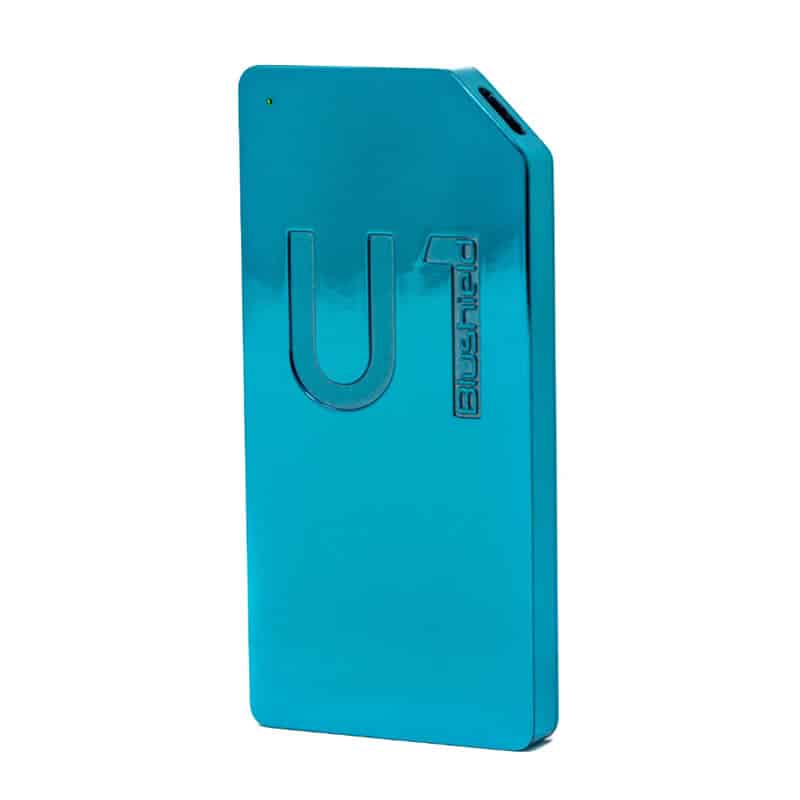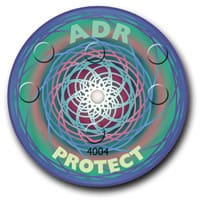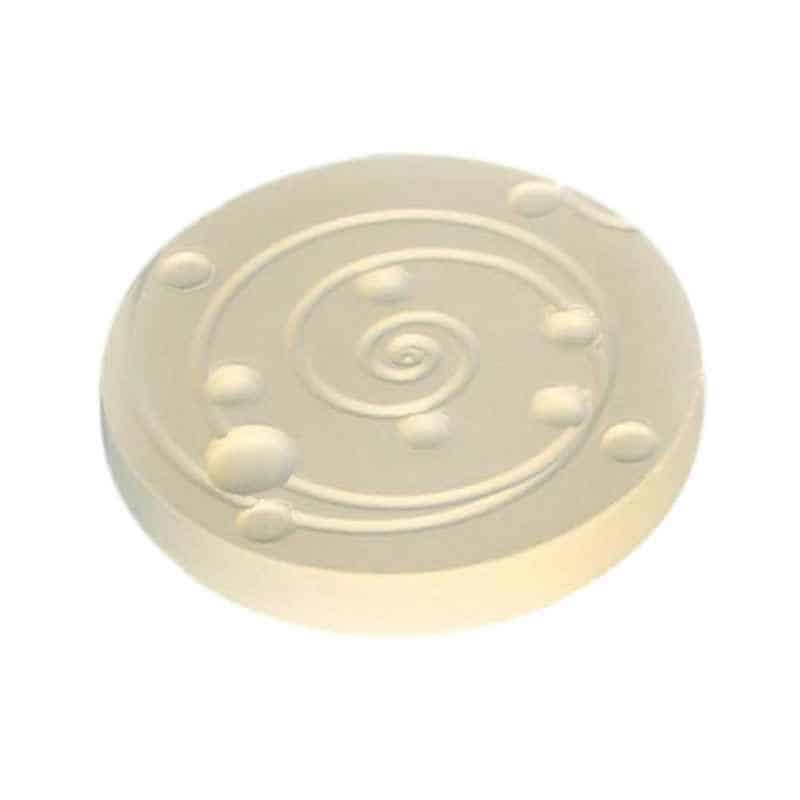No products in the cart.
Negative Ions
Al Things (are) Matter
Everything you see around you consists of atoms and molecules. Well, even things you don’t see, like gasses and particles in the air that are invisible to the eye (they are not magical, they are just too small for us to see without a microscope). Atoms are the smallest particles of matter; they can no longer be chemically divided into smaller parts, though the can be broken down physically (by a nuclear reaction). Inside of each atom, there is a core called the nucleus, surrounded by an electron cloud. The nucleus contains nucleons – protons and neutrons – and the electron cloud surrounding the nucleus contains electrons. Protons have a positive electric charge, electrons have a negative charge, and neutrons are neutral (as the name suggests). When the atom has an equal number of protons and neutrons, the whole particle is considered electrically neutral.
While the nucleus remains intact (unless we break it down in a nuclear reactor), electrons from the surrounding electron cloud are actually very easy to remove or add into the atom. When atoms or molecules clash, electrons in them might be removed from one atom and slip into the electron cloud of another atom. This is where particles receive their positive or negative electrical charge – if one or more electrons from an atom are lost, it becomes positively charged, and if one or more electrons are added to the cloud, the atom will receive a negative charge. These electrically charged atoms are then called ions, specifically cations (positive ions) and anions (negative ion). Ions then behave like two poles of a magnet – ions with the opposite charge are attracted to each other, ions with the same charge are repelled away from each other. This is called electromagnetism and this is how electromagnetic fields are created.
Even though this may sound like hardcore science, these are the basics of chemistry and physics, and you probably learned such things as part of your schooling. We are not going to dig deeper into the science here, this basic understanding of what negative ions are is all we need to understand their importance for our health and well-being. There are both natural and man-made sources of positive and negative ions, and we are going to learn about them as well. First, let’s take a look at the downsides of positive ions before we move on to the negative stuff, that is not really all that negative.
NOT SO POSITIVE
Positive ions, the ones we should be most concerned about, are usually CO2 molecules that have lost one or more of their electron particles during some kind of mechanical reaction, for example, wind, fire, lightning, humidity, or UV rays. Air conditioning systems, microwaves, televisions, computers, copy machines or printers, and fluorescent lights are also positive ion generators. We are surrounded by man-made positive ion generators in the office, at home, in the supermarket, in our cars, even as we walk around urban areas, we breathe in a lot of these particles. Because positive ions are very small, they can easily be absorbed into our bloodstream via the air we breathe, allowing pollutants from the air to get inside our bodies and cause all sorts of damage, including asthma, depression, lack of energy, or anxiety. Chronic exposure to positively charged ions leads to chronic health issues, and because virtually all particles in the air are positively charged, the only way to avoid breathing them in is removing them. This is where negative ions come into play!
IN DEFENSE OF NEGATIVITY
Let’s go back to the magnet – if you put two opposite poles of a magnet together, they connect and stay connected until you mechanically pull them apart. When a negative ion meets a positive one, they also connect and stick together. These particle groups become too heavy to remain afloat in the air and they simply fall down, and we later remove them as dust with vacuum cleaners, brooms, or dusters. The more negative ions in the air, the more effective the elimination of positive ones will be. Negative ions attach to pollutants and allergens with a positive charge; they even remove bacteria and viruses from the air. In nature, the best sources of negative ions are areas where water molecules crash and gain their negative charge by losing electrons; this includes waterfalls, rivers, and areas where water evaporates, like forests and beaches, and also during thunderstorms and rain. If you have ever noticed that feeling of freshness in the air after the storm, it is because of negative ions.
There is a reason why you feel calm, relaxed, and even happier in nature. Plants themselves generate negative ions, which is another reason to add some green plants to your home or office, besides the fact that they create oxygen for us to breathe. Negative ions are proven to improve depression, stress and anxiety, asthma, mood swings or winter blues. In many hospitals in Europe and Russia, negative ion therapy is a mandatory part of any treatment that includes exposure to positive ions, like x-rays or radiation therapy. If you live in an urban city, or work in an industrial area or an office full of positive ion generating devices, you probably feel the tug to escape the concrete jungle from time to time and visit friends in the country, camp in the woods, or hike in the mountains, and you probably experience some level of mental clarity, sense of relaxation, and mood boost when you do. This is not only because you distanced yourself from work and the frantic pace of life for a moment – the effects of negative ion exposure have a lot to do with it.
HOW TO GET EXPOSED
Spending hours in nature, traveling to visit the biggest waterfalls, dancing in the rain, or surrounding ourselves with dozens of green plants for each room is not an option for everyone, even though it sounds like an ideal scenario. I suggest spending as much time as possible in nature, as often as you possibly can, especially if you live in a big city where air pollution is most concentrated. But as you might agree, removing ourselves from the ever-present load of positive ions is nearly impossible. Thankfully, we have plenty of options we can use at home or in our office. The simplest and most effective negative ion generator is something every one of us already has in the bathroom – a shower.
Showering is a very effective method of ion therapy. As water is cascading down and its molecules collide with each other, the water itself gets a positive charge, but the air surrounding it receives a very high dose of negative ions! No wonder you feel very refreshed and awake after a shower, while taking a bath is more soothing and relaxing for the body. When it comes to negative ion exposure, showering is like a small waterfall inside your own home. Water fountains work in a similar manner, and they make a beautiful decoration as well. With more sophisticated devices like this Ionic SPA Foot Bath, you can not only relieve your feet after a long day, but also remove toxins and other unwanted particles from your skin. This water ionizer installed in your house will supply you and your family with the purest water rich in negative ions that will bind dirt, pollen, environmental pollutants, and bacteria and flush them out of your body.
Another wonderful option is a Himalayan salt lamp. Salt is naturally hygroscopic, which means it attracts water molecules. As soon as a water molecule in the air touches the surface of the warm salt block, it immediately evaporates into the air, which causes a collision of molecules and therefore creates plenty of negative ions that further help with air purification. It doesn’t matter whether you choose an electric salt lamp or a candle lit one, as soon as the rock of salt heats up, negative ions begin to spread around the device and bind positively charged particles, turning them into easily removable dust. Some sources say that salt lamps are not the most effective option for larger areas, but they definitely work well in small spaces, and contribute positive benefit to larger spaces, particularly when paired with other tools. I like to keep mine on my desk and light a beeswax candle in it every day. Salt lamps are available in a variety of shapes and sizes. For the best effect, choose 6-8 pound lamps for rooms up to 10 square feet, for bigger rooms get a bigger 9-11 pound lamp. Open office spaces can benefit from a couple of the biggest lamps available, strategically placed in the area. Be sure to have the lamp as close to your body as possible to get the most effective exposure. You can place it right beside your computer, if your desk allows.
Not only do salt lamps help clean the air, they also create this ambient, soothing, warm light that is perfect as an evening source of light. We learned about the importance of avoiding blue light before bed, and candles and salt lamps are excellent sources of warm light that will not disrupt your melatonin production. They are usually pretty inexpensive and they last forever. A word of caution, though: pets (or even small children) like to lick salt lamps, so consider placing them out of reach. Not that licking a salt block is unsafe, but these lamps are heavy and would hurt when dropped onto one’s toe, and they are usually covered in dust particles (which is what we use them for, but we do not want to lick those sediments of dirt).
Beeswax candles are another good source of negative ions. Katie from Wellness Mama shared a great post about why she never uses paraffin based scented candles at home and also explains how beeswax candles generate negative ions while burning and how they also reduce the amount of toxins in the air. Combining beeswax candles with a big block of pink Himalayan salt makes for a beautiful and natural air purifying device. Another natural generator of negative ions is a mineral called Tourmaline. We told you about our EMF protection pendants, and Tourmaline is one of the minerals you can choose from if you are looking for a personal device that does not require batteries or electricity. I like to keep a piece of tourmaline rock near me when I am using my laptop.
There are plenty of devices to choose from. This small personal device is great, this one is perfect for your bedroom or even a car, and there is a super small USB ionizer that looks like a regular USB flash drive to keep your working space clean. The options are endless! The smaller the device, the smaller the area it can cover. The most powerful devices on the market are able to cover an area of 800 square feet. This one is pretty inexpensive and is able to generate enough negative ions to take care of up to 175 square feet!
Negative ions might sound like a gimmicky marketing trick, but they are just as real as EMF and VOC pollution. They exist in nature in large quantities and our modern world often prevents us from getting enough exposure to keep our bodies in balance. You don’t need to necessarily stop using a microwave, move to the country, or throw away every electronic device in your home, but you should consider at least some exposure to negative ions to compensate for prolonged exposure to the positive ones. See, staying positive is not always the best option. Let’s get some negative charge into our lives!








